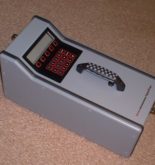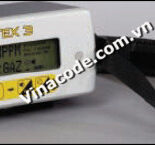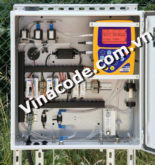Until recently, it was difficult to detect industrial gas flames/fires as the radiation output from gas flames is generally much lower than that from liquid hydrocarbon fuels; thus detection distances were limited. However,
Spectrex has introduced additions and improvements to its wide range of optical flame detectors to significantly advance this capability.
The Spectrex 40/40I Triple IR Flame Detector can now detect methane and propane (LNG/LPG) flames at up to 30 meters (instead of 18m before). This same detector will detect heptane /gasoline fuel fires at 65m.
The new 40/40M Multispectrum Flame Detector will do the same job as the 40/40I described above but can also detect “invisible†Hydrogen flames at 30 meters (previously limited to only 5 -7m with other detection techniques).
As the products of a hydrogen fire do not contain CO2, normal IR3 detectors cannot be used and users had to accept the distance limitations of UV/IR type detectors. Now, with additional sensors, the 40/40M can detect both hydrocarbon and hydrogen fires over much greater areas and reduce the number of detectors needed.
In normal circumstances, people cannot see, taste or smell hydrogen gas, which is very flammable and easily ignited – can even self-ignite in some cases. You will not see a hydrogen fire – even up close. You may see a shimmer, like a mirage. Also, little heat is felt near the flame because very little heat (IR) radiation is emitted. As you see and feel nothing, you may even walk directly into the flame with no pre-warning.
Applications include battery rooms, refinery H2 storage, generators, gas plant, fertiliser plants, and compressors.



